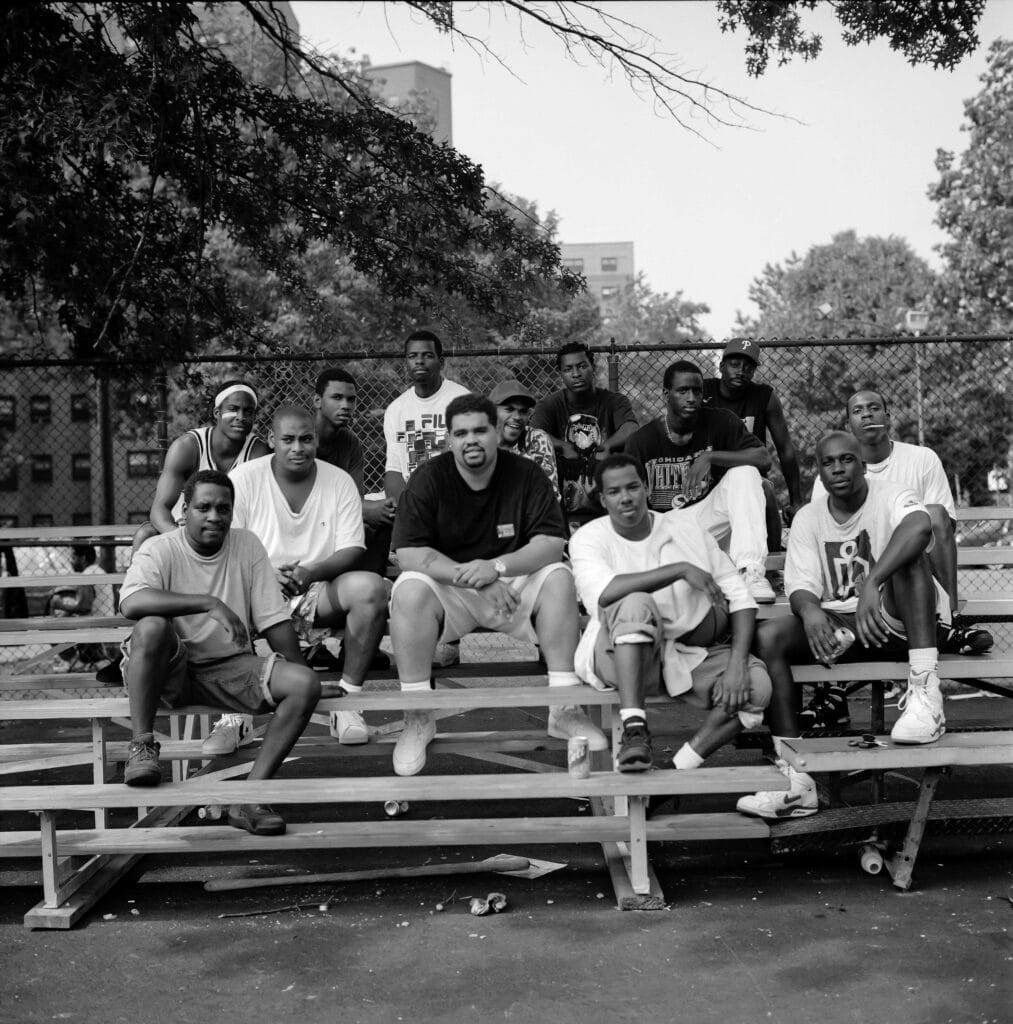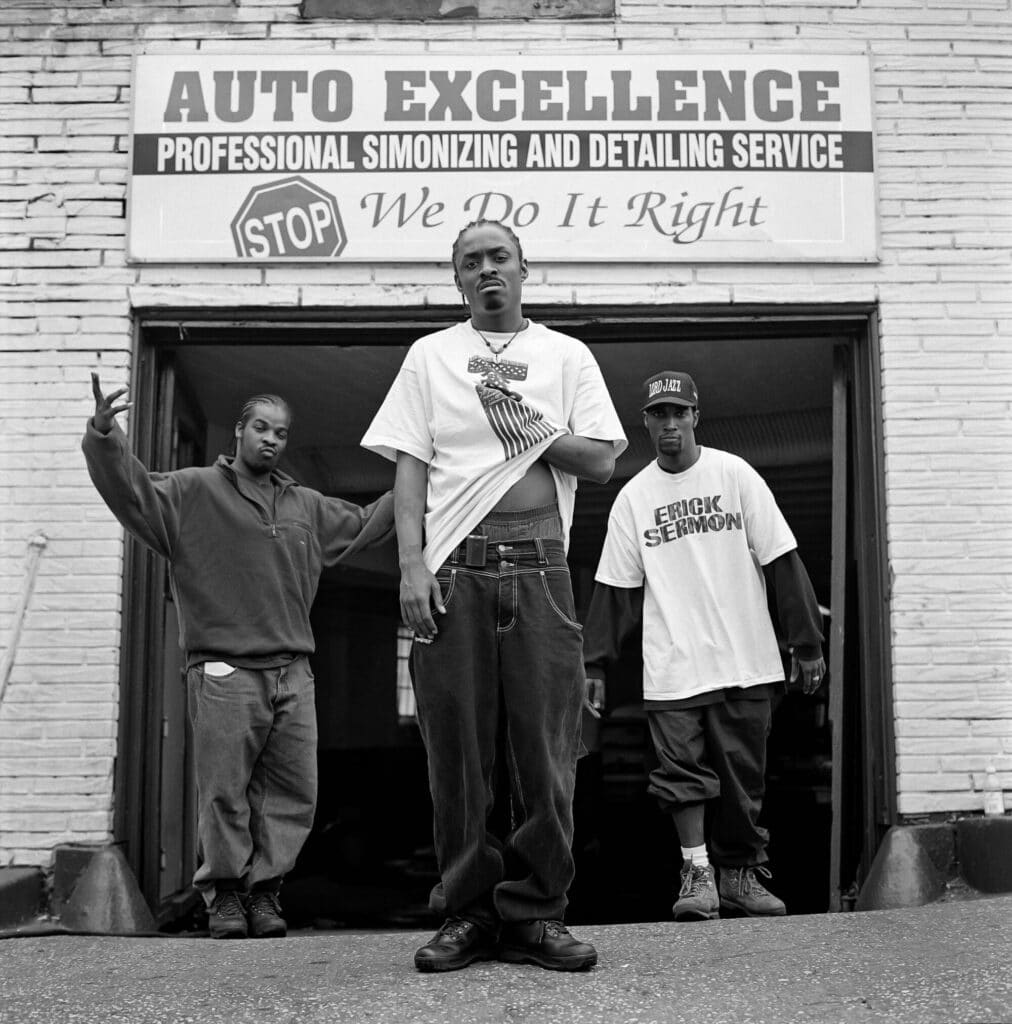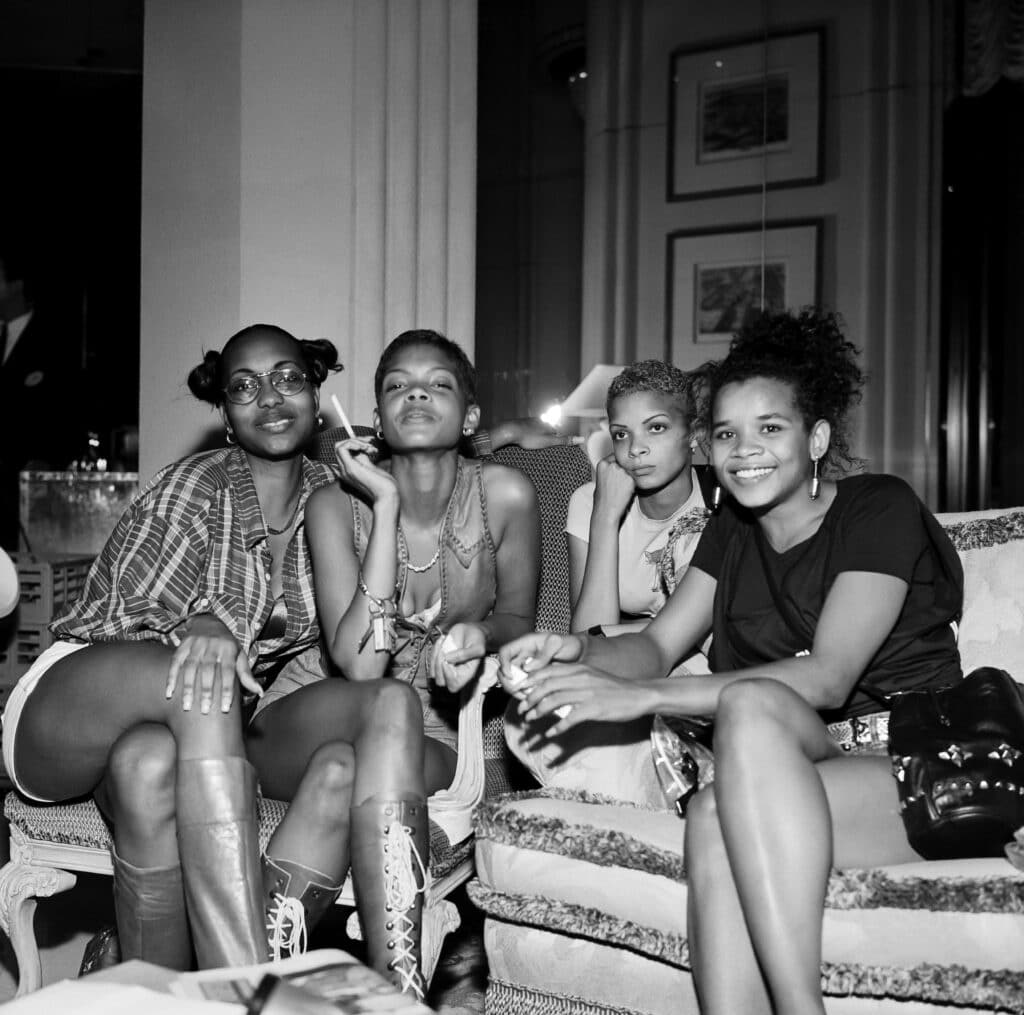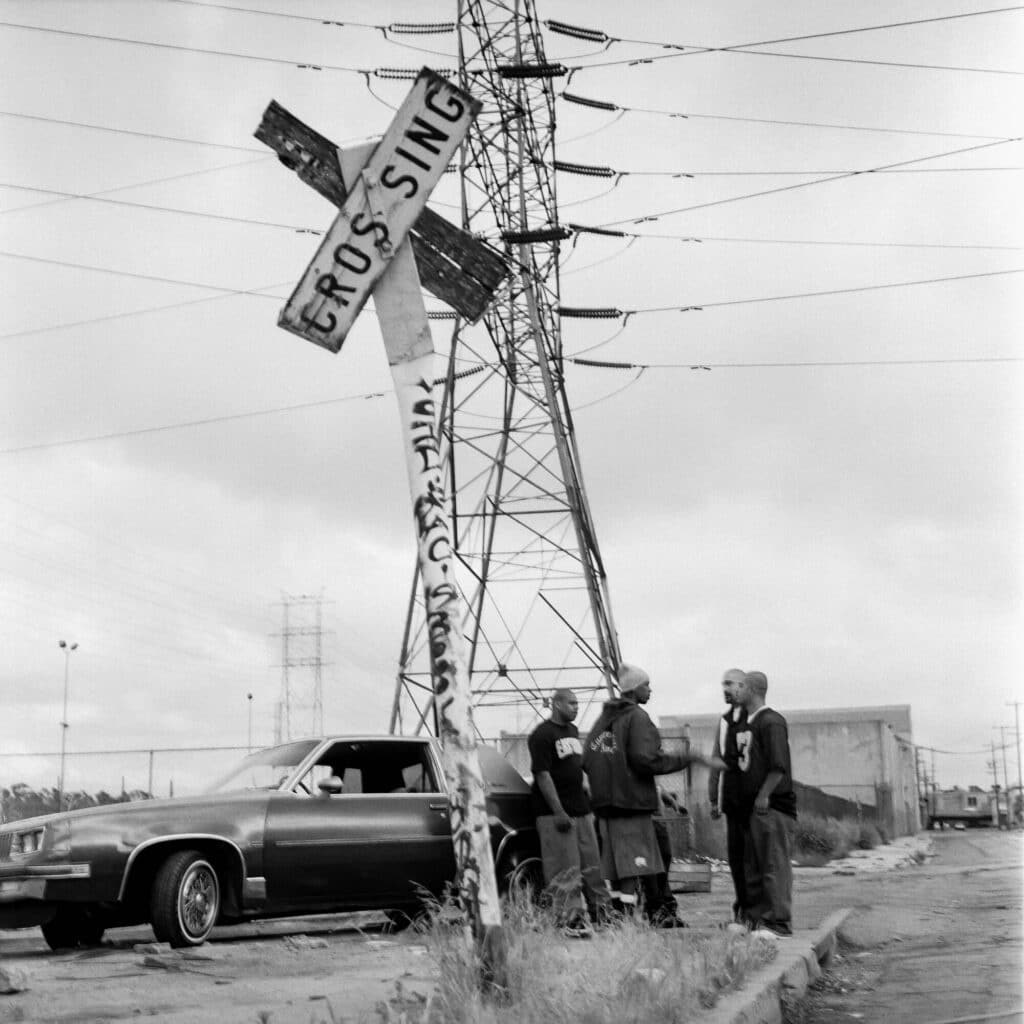On their 1992 single “Crossover,” rap duo EPMD famously decried the commercialization of Hip Hop as those who once denounced the art were now trying to make a quick buck. Two decades after the grassroots culture got its start the streets of the Bronx, it had been through the gamut, widely dismissed by the music industry and targeted by both the FBI and US Congress.
But Hip Hop artists refused to kowtow to mainstream tastes, and instead continuously reinvented itself as the voice of the people who refuse subjugation. “It takes a nation of millions to hold us back,” Public Enemy declared in 1988, paving the way for Afrocentric art, creativity, and rage.
In 1989, the Recording Academy of the United States finally opened the gates, awarding the first Hip-Hop Grammy Award for Best Rap Performance to DJ Jazzy Jeff and the Fresh Prince (actor Will Smith) for their hit single, “Parents Just Don’t Understand.”
Change was in the air — but not all of it was good. Seeing a money grab, record labels refashioned “the great white hope” in the form of Vanilla Ice. The Dallas rapper reached no. 1 with “Ice Ice Baby” in 1990, and paving the way for Marky Mark (actor Mark Wahlberg) to reach the top with “Good Vibrations” the following year.
Suddenly, the art form invented “for us, by us” had been hijacked by culture vultures, whitewashing Black culture for less discerning audiences. EPMD’s Erick Sermon and PMD (Parrish Smith) were rightfully disgusted by this turn of events, lamenting the rise of sellouts who tried to reduce Hip-Hop culture to mere rap music.
“Some say there’s no business like show business,” Smith rapped on “Crossover”. “But if this the truth, please explain why is this. Rappers been around long, makin’ mad noise you see. Still I haven’t seen one rapper livin’ comfortably.”
Five years later, all that would change.
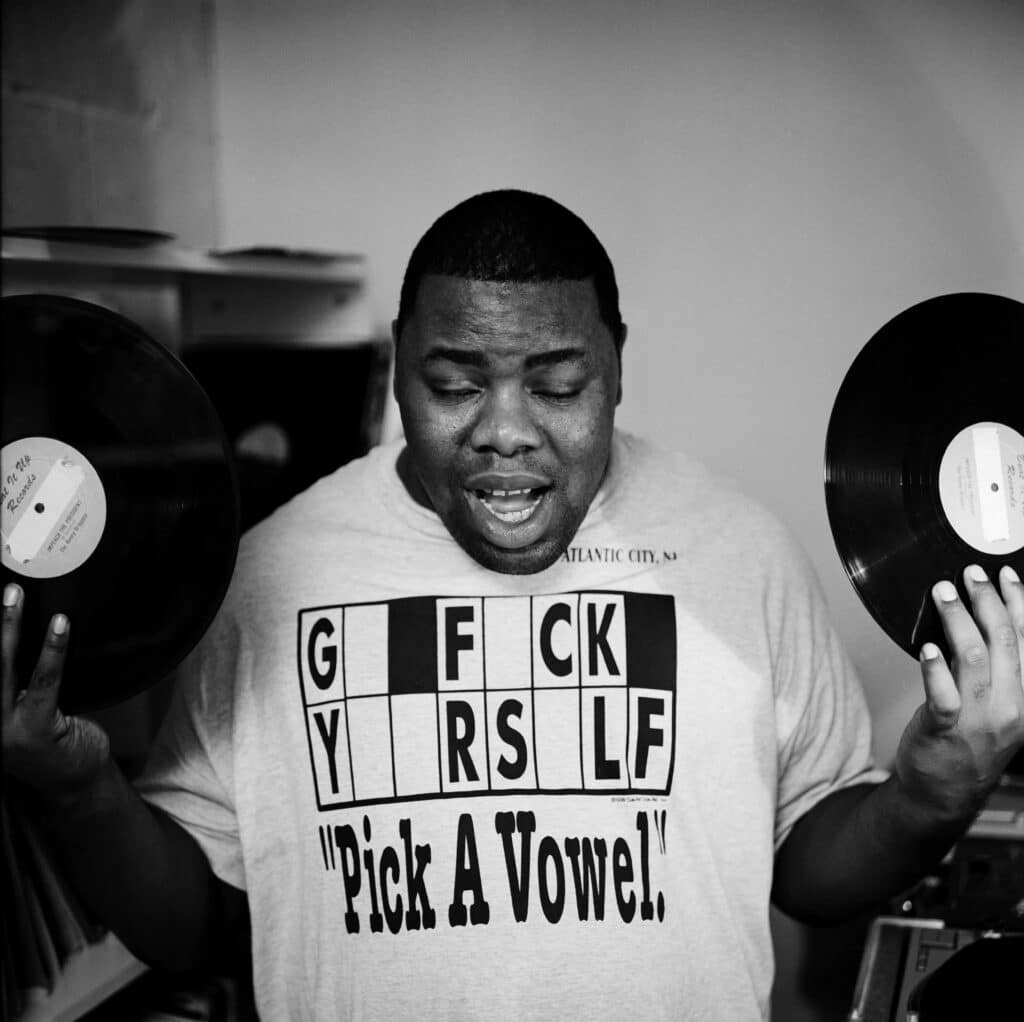
If My Homies Call
By the mid-90s, Hip Hop was at a crossroads, fueled in large part by the East Coast-West Coast rivalry that would claim the lives of its biggest artists: Tupac Shakur in 1996 and the Notorious B.I.G. (Christopher Wallace) in ’97.
Just days before Wallace was killed, filmmaker Peter Spirer released Rhyme & Reason, a documentary film chronicling the evolution of Hip Hop as it transformed from a D.I.Y. culture into a billion-dollar global industry. Released on March 5, the film featured interviews with over 80 artists including Tupac, Biggie, Erick Sermon, and Parrish Smith, as well as members of the Wu-Tang Clan, Cypress Hill, Fugees, and A Tribe Called Quest.
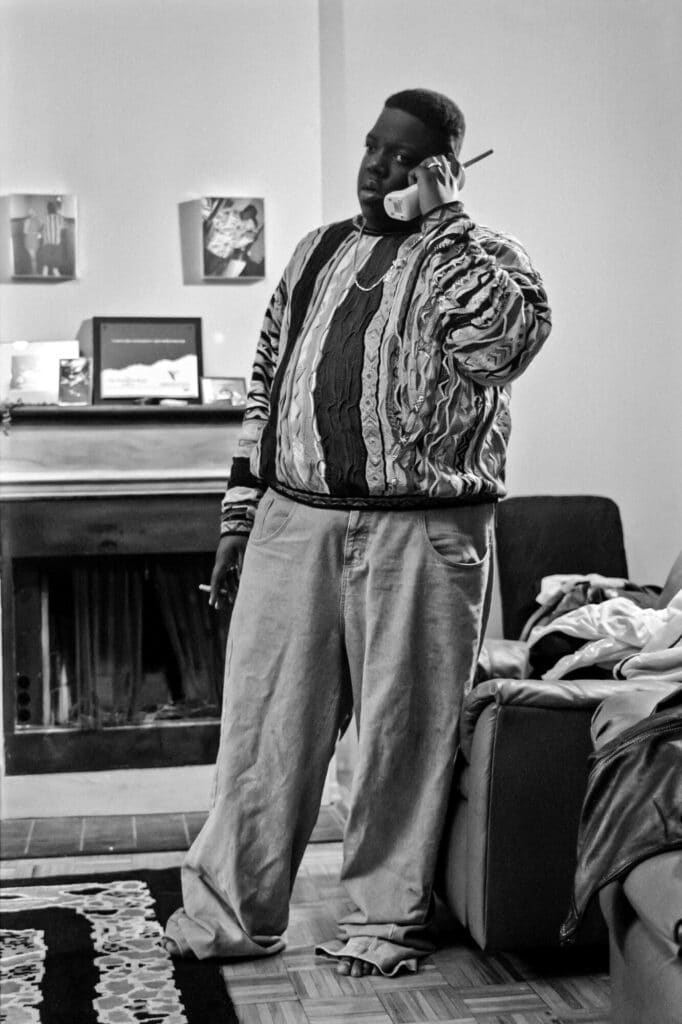
“I wanted America to have a chance to see the human side of the culture and the people in it. The relationships of artists and their families, friends, and parents,” Spirer writes in the new book, The Book of Rhyme & Reason: Hip Hop 1994–1997. “I wanted to lower the volume so that we could hear from the artist and get their unfiltered thoughts about life, the biz, their hopes and dreams, and get a real peek into their world,” Spirer continues. “I also wanted to create awareness for this amazing culture and create a historical record of what Hip-Hop was all about.”
Rhyme & Reason offered an intimate portrait of the underground on the brink, with stories that captured the personal side of stardom. Groundbreaking female artists, Salt-N-Pepa shared a memory of hearing their song on the radio for the very first time.
“[We were[ in the middle of the street, [Pepa[ and her girlfriend jumped out of the car,” Salt (Cheryl James) says in the film. “We’re running around the car, telling everybody in the street… ‘That’s me! That’s me! That’s my song on the radio!’”
Sky’s the Limit
After working on the 1994 short documentary film, Blood Ties: The Life and Work of Sally Mann, Peter Spirer traded in his 35mm camera for a 1960s Twin Rolleiflex. The medium format camera instantly opened his eyes to a new way of shooting, which he brought to the set of Rhyme & Reason with an eye to creating a companion photography book.
Both the book and the film were conceived as an act of love, rather than a marketing tool, adding a humanistic layer to artists that regularly presented themselves in mythic terms. Stripped of the trappings of wealth, fame, and braggadocio that had come to define Hip Hop, the artists could be seen once again through the lens of everyday people. These were your homeboys, around the way girls, and street corner legends that put their communities on the map with styles all their own.
Twenty-five years later, “things done changed” like the Notorious B.I.G. said. Some artists have gone on to superstardom and staggering wealth while others died young or went broke. Some artists joyously stand beside fascist politicians to give them street cred, while others have been exposed for exploitation, domestic abuse, and theft.
All things told, it’s impossible to predict just what the future holds, which makes documenting the culture all the more valuable. “Anytime you document something, which is what Rhyme & Reason did in 1997, you’re trying to capture that moment. There’s the theory that just because you’re successful that you’re gonna live forever. That couldn’t be further from the truth,” rapper turned actor Ice-T writes in the introduction to the new edition.
“But thankfully, Hip-Hop lives on. Now we’re at the genre’s 50th anniversary, so Hip-Hop has gray hair,” Ice-T continues. “You can talk to a guy walking down the street with a cane and he’ll be like, ‘I used to be a breakdancer’ – and he’s telling the truth. So, what was a youth movement is now fully mature….Rhyme & Reason is one of the few films that was there to document us before Hip-Hop truly exploded. I’m glad I was part of it.”
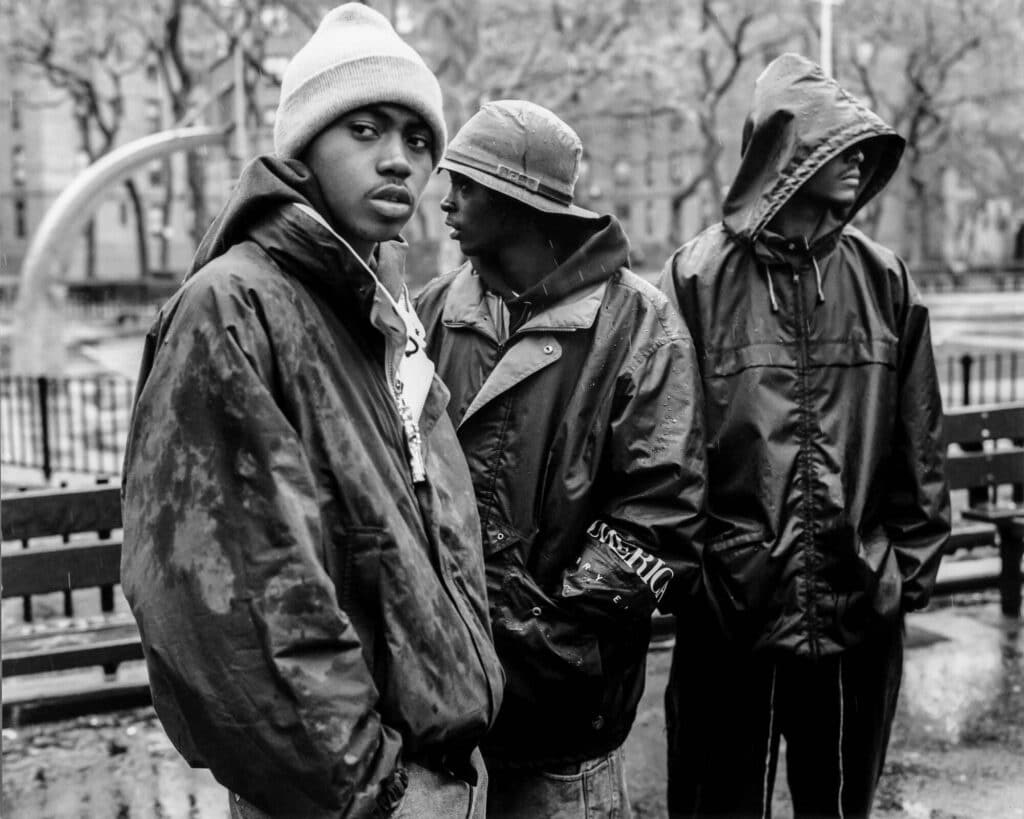
The Book of Rhyme & Reason: Hip Hop 1994–1997 is published by Reel Art Press, $ 49.95 / £39.95

